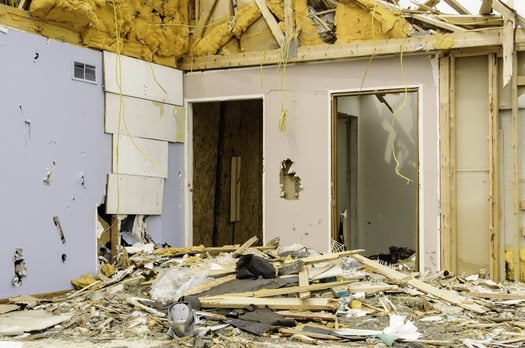Search for topics or resources
Enter your search below and hit enter or click the search icon.

In this podcast we discuss FEMA's 50% rule. What is it? What does it apply to?
FEMA's 50% rule applies to properties in the special flood hazard area that fall under two categories
Let's discuss the 50% rule and substantially improved properties first.
Substantially Improved Properties
These are properties that have had 50% improvement to them within a given year. This percentage is based on market value so depending on the real estate market could be completely different amounts.
All building improvement projects worthy of a permit must be considered. These include:

Whats important to understand is if these improvements are done FEMA now looks at the year the improvements were done and not the year the home was built. So if it was a pre firm structure, structures built before the first flood map then it could now require an elevation certificates.
Remember homes built before the first flood map do not require elevation certificates in most situations, but they could help in many situations. Now that we understand what a substantially improved structure is let's discuss substantially damaged structures.
Substantially Damaged Buildings
Substantially damaged structures are structures that have been at least 50% damaged. Remember this is based on the current market value before it was damaged. The decision about a structure being substantially damaged is made at the local-government level, generally by a building-department official or floodplain manager. When it comes to these structures there are alot of different requirements. One being that the damaged structure has to be brought up to at least the base flood elevation.
If a building in a floodplain is determined by the local official to be substantially damaged, it must be brought into compliance with local floodplain management regulations.
Owners may decide to:

Property owners who have a flood insurance policy through the NFIP and a substantially damaged building (from flooding) in a SFHA may be able to use additional funds – known as Increased Cost of Compliance (ICC) - from their flood insurance policy (up to $30,000) to help defray the costs of elevating, relocating, demolishing a structure, or flood proofing a non-residential structure.
As you can see when it comes to substantially improved and damaged buildings there are alot of moving parts that can impact what determines substantial. If you have a property that might be impacting make sure to review your property with a flood specialist like the Flood Insurance Guru. You can also visit our YouTube channel or Facebook page where we do daily education videos.